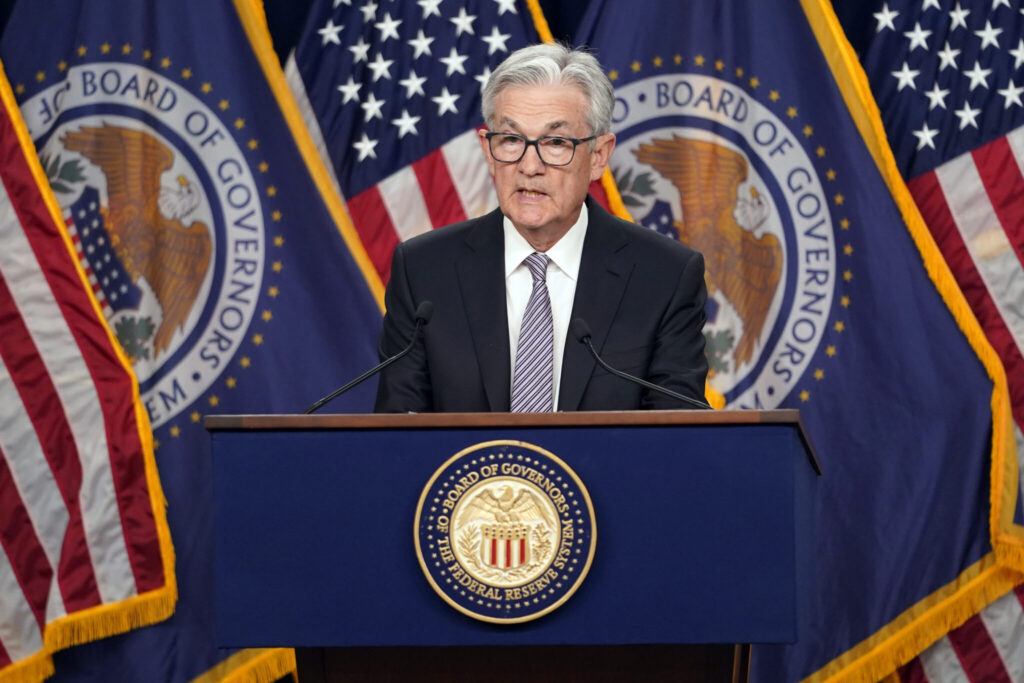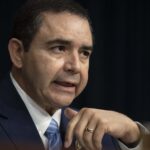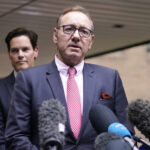The Federal Reserve seems on the verge of defeating inflation — and without the surge in unemployment and the deep recession that many economists had predicted would accompany it. Inflation has been falling more or less steadily since peaking in June of last year at 9.1%. And when the Fed’s preferred inflation gauge for November is reported next week, it’s likely to show that in the past six months, annual inflation actually dipped just below the Fed’s target of 2%, economists at UBS estimate.
Quick Read
- Historic Inflation Levels: The U.S. experienced its most painful inflation since 1981, but the Federal Reserve seems close to overcoming it without causing a significant increase in unemployment or a deep recession.
- Declining Inflation Rate: Inflation has steadily declined since peaking in June of the previous year at 9.1%. The Fed’s preferred inflation gauge is expected to show that annual inflation dipped below the 2% target.
- Decrease in Goods Prices: Prices of goods like used cars, furniture, and appliances have been dropping for six consecutive months due to improved global supply chains.
- Slower Growth in Housing Costs: Housing and rental costs, major inflation drivers, are increasing at a slower rate. Wage growth has also cooled, reducing pressure on businesses to raise prices.
- Federal Reserve’s Perspective: Fed Chair Jerome Powell acknowledges progress in inflation control, with the Congressional Budget Office estimating inflation to drop to 2.1% by the end of the next year.
- Possible Interest Rate Cuts: The Fed is considering interest rate cuts, with projections of three cuts next year, marking a shift from its aggressive rate-hiking campaign started in March 2022.
- Stock Market Reaction: Powell’s optimistic statements and the Fed’s rate-cut projections led to a surge in stock market indexes.
- Caution from Federal Reserve Officials: Despite optimism, Federal Reserve officials stress that they are not declaring victory yet and want more evidence of sustainable inflation reduction.
- International Inflation Trends: Inflation rates are moderating globally, with the Bank of England and European Central Bank maintaining unchanged benchmark interest rates.
- Economic Growth Amid Rate Hikes: Despite fears of a recession, the economy continues to grow, indicating a potential “soft landing” where inflation is controlled without causing a recession.
- Factors Contributing to Inflation Decline: The Fed’s rate hikes, recovery in global supply chains, and an increase in the workforce have helped reduce the pace of wage growth, contributing to lower inflation.
- Continued Uncertainty: Despite positive trends, the future of inflation decline isn’t guaranteed, especially with variables like rental prices and housing costs.
- Fed’s Confidence in Forecasts: Fed officials show increased confidence in their inflation forecasts, with fewer policymakers expecting an inflation flare-up.
The Associated Press has the story:
Federal Reserve on cusp of mission impossible: Defeating inflation without steep recession
Newslooks- WASHINGTON (AP)
It was the most painful inflation Americans had experienced since 1981, when “The Dukes of Hazzard” and “The Jeffersons” were topping the TV charts. Yet the Federal Reserve now seems on the verge of defeating it — and without the surge in unemployment and the deep recession that many economists had predicted would accompany it.
Inflation has been falling more or less steadily since peaking in June of last year at 9.1%. And when the Fed’s preferred inflation gauge for November is reported next week, it’s likely to show that in the past six months, annual inflation actually dipped just below the Fed’s target of 2%, economists at UBS estimate.
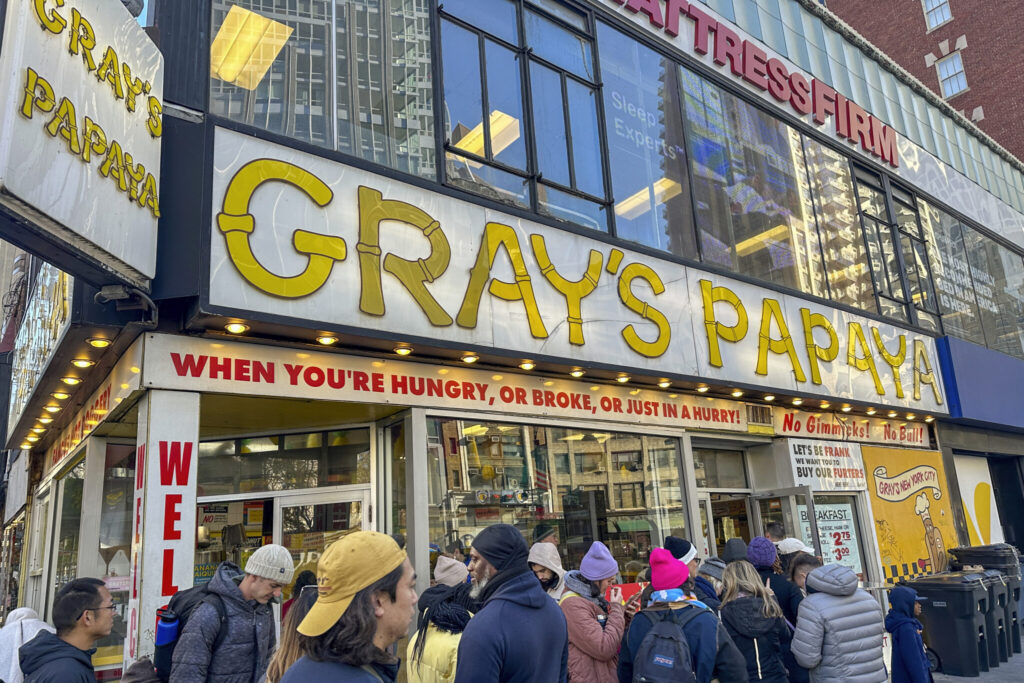
The cost of goods — such as used cars, furniture and appliances — has fallen for six straight months. Compared with a year ago, goods prices are unchanged, held down by improved global supply chains.
Housing and rental costs, a major driver of inflation, are growing more slowly. Wage growth has cooled, too, though it still tops inflation. Milder wage growth tends to ease pressure on restaurants, hotels and other employers to increase their prices to cover their labor costs.
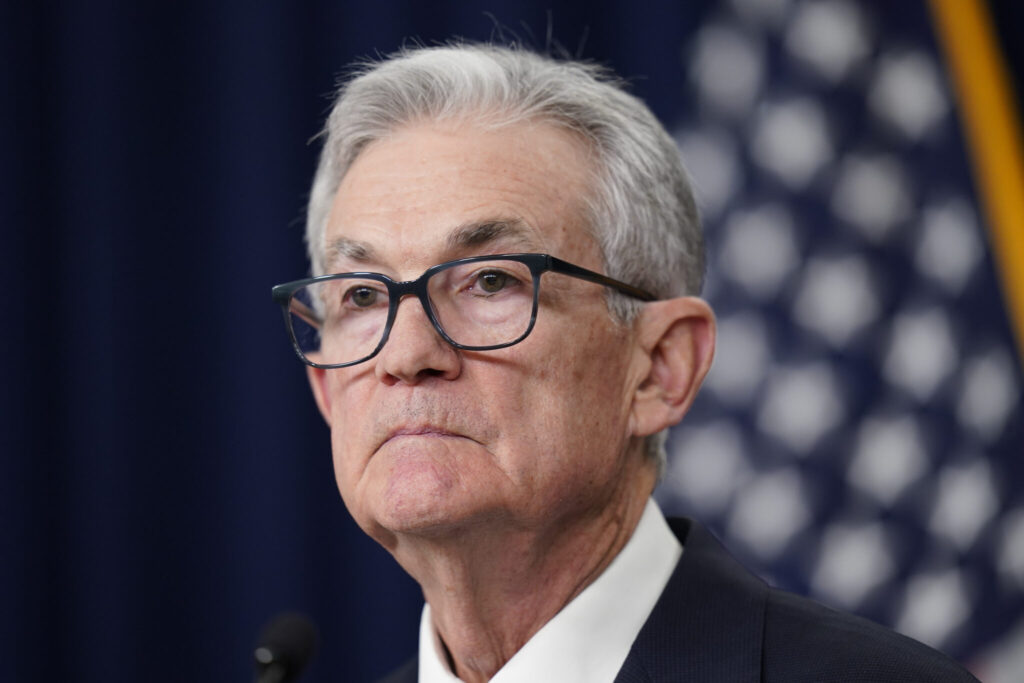
“I think it’s really good to see the progress that we’re making,” Chair Jerome Powell said at a news conference Wednesday after the Fed’s latest policy meeting. “If you look at the … six-month measures, you see very low numbers.”
On Friday, the Congressional Budget Office, a nonpartisan agency, estimated that inflation will drop to 2.1% by the end of next year.
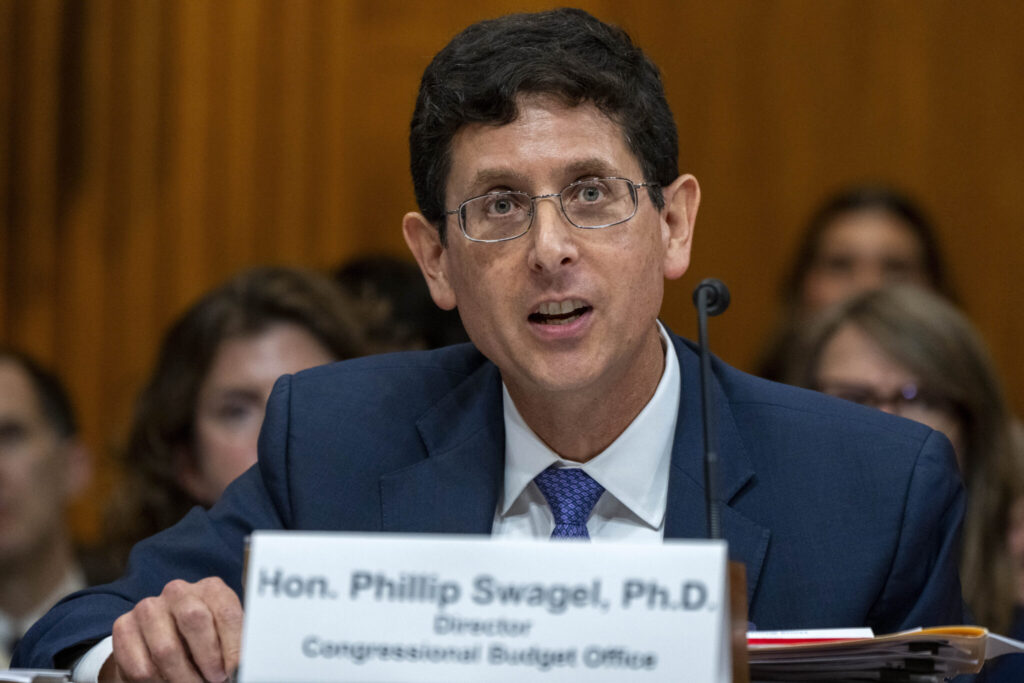
There will likely be bumps on the road toward getting inflation fully under control, officials have said. Powell insisted that “no one is declaring victory.” And he reiterated that the central bank wants to see further evidence of falling inflation before it would feel confident that it is sustainably headed back to the 2% target.
Yet many economists, normally a cautious lot, are now willing to declare that inflation is nearly back under control after two-plus years in which it imposed hardships on millions of American households.
“It appears that inflation has returned to 2%,” said Tim Duy, chief economist at SGH Macroeconomics. “The Fed looks like it has won that battle.”
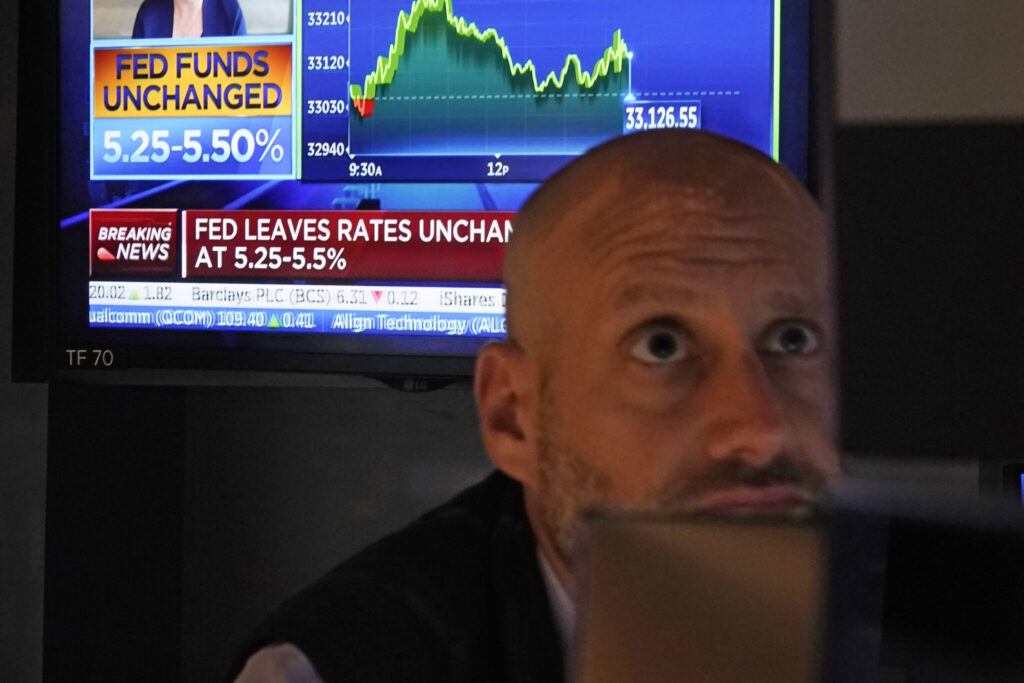
Prices spikes are also moderating overseas, with both the Bank of England and European Central Bank keeping their benchmark interest rates unchanged this week. Though inflation is still at 4.6% in the United Kingdom, it has fallen to 2.4% in the 20 countries that use the euro currency.
With inflation cooling, Powell said the 19 officials on the Fed’s policy setting committee had discussed the prospects for rate cuts at this week’s meeting. The officials also projected that the Fed will cut its key interest rate three times next year.
That stance marked a drastic shift from the rate-hiking campaign the Fed began in March 2022. Beginning then, the central bank raised its benchmark rate 11 times, from near zero to roughly 5.4%, its highest level in 22 years, to try to slow borrowing, spending and inflation. The result was much higher costs for mortgages, auto loans, business borrowing and other forms of credit.
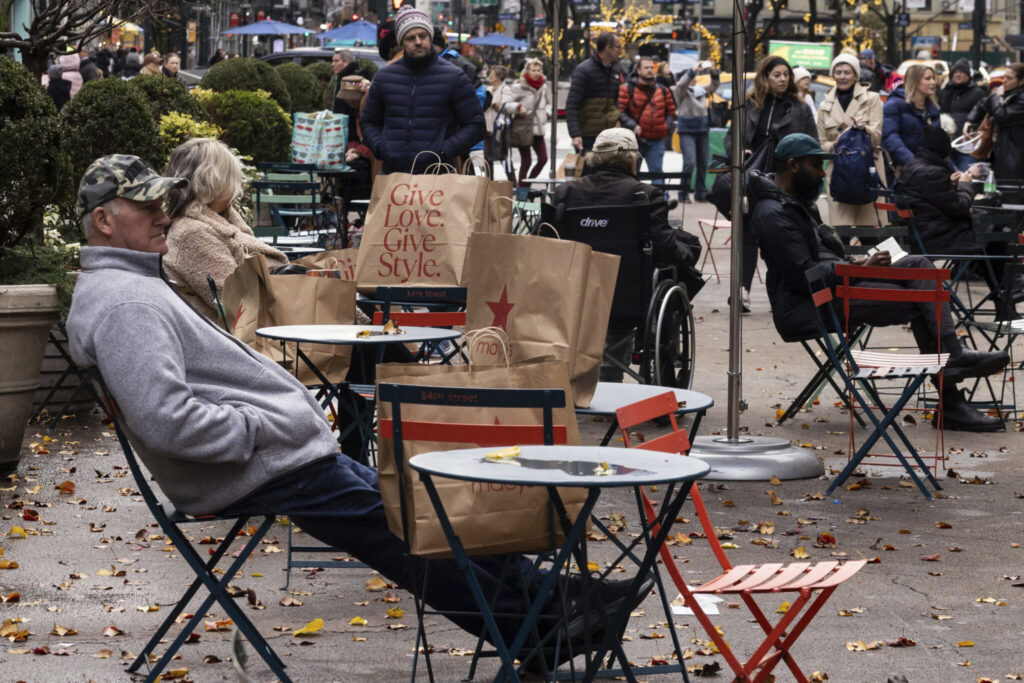
Powell’s suddenly more optimistic words, and the Fed’s rate-cut projections, sent stock market indexes soaring this week. Wall Street traders now foresee a roughly 80% likelihood that the first rate cut will occur when the Fed meets in March, and they are forecasting a total of six cuts in 2024.
On Friday, John Williams, president of the Federal Reserve Bank of New York and a top lieutenant of Powell’s, sought to pour some cold water on those expectations. Speaking on CNBC, Williams said it was “premature to be even thinking” about whether to cut rates in March. But he also mentioned that his forecast was for inflation to move down “sustainably” to 2%.
The week’s events represented a departure from just two weeks ago, when Powell had said it was “premature” to say whether the Fed had raised its key rate high enough to fully conquer high inflation. On Wednesday, he suggested that the Fed was almost certainly done with rate increases.
Recent data appeared to have helped shift Powell’s thinking. On Wednesday, a measure of wholesale prices came in lower than economists had expected. Some of those figures are used to compile the Fed’s preferred inflation gauge, which, as a result, is expected to show much lower inflation numbers next week.
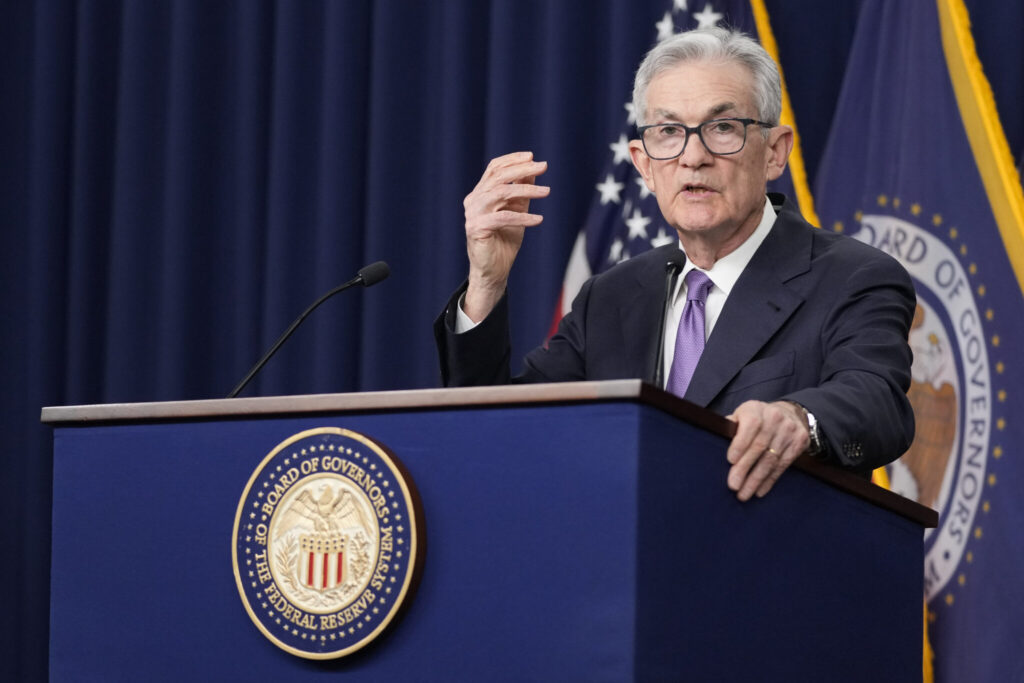
Powell said some Fed officials had even updated their economic projections on Wednesday, not long before they were issued, in light of the lower-than-expected wholesale price report.
“The speed at which inflation has fallen has been like an earthquake at the Fed,” Duy wrote in a note to clients Wednesday.
And yet in the meantime, the economy keeps growing, defying widespread fears from a year ago that 2023 would bring a recession, a consequence of the much higher borrowing rates the Fed engineered. A report on retail sales Thursday showed that consumers grew their spending last month, likely encouraged by increased discounting that will also lower inflation. Such trends are supporting the growing belief that the economy will achieve an elusive “soft landing,” in which inflation is defeated without an accompanying recession.
“We think the Fed cannot believe its luck: We are back to ‘immaculate disinflation,’ ” Krishna Guha, an economic analyst at investment bank Evercore ISI, wrote in a client note.
Economists credit the Fed’s rapid rate hikes for contributing to inflation’s decline. In addition, a recovery in global supply chains and a jump in the number of Americans — and recent immigrants — searching for jobs have helped cool the pace of wage growth.

Jon Steinsson, an economics professor at the University of California, Berkeley, said that by aggressively raising their key interest rate in about 15 months — the fastest such pace in four decades — Fed officials kept Americans’ inflation expectations largely in check. Expectations can become self-fulfilling: If people expect higher inflation, they often take actions, such as demanding higher wages, that can send prices higher still.
“They played a crucial role,” Steinsson said.
Still, a continued decline in inflation isn’t guaranteed. One wild card is rental prices. Real-time measures of new apartment leases show those costs rising much more slowly than they did a year ago. It takes time for that data to flow into the government’s figures. In fact, excluding what the government calls “shelter” costs — rents, the cost of homeownership and hotel prices — inflation rose just 1.4% last month from a year earlier.
But Kathy Bostjancic, an economist at Nationwide, said she worries that a shortage of available homes could raise housing costs in the coming years, potentially keeping inflation elevated.
The Fed’s rate hikes, Bostjancic said, could actually prolong the shortage. Today’s higher mortgage rates may limit home construction while also discouraging current homeowners from selling. Both trends would keep a lid on the supply of homes and keep prices elevated.
Yet Fed officials appear confident in their forecasts that inflation is steadily slowing. In September, 14 of 19 Fed policymakers had said there were risks that inflation could rise faster than they expected. This month, only eight said so.
“Their projections have mostly gone down, and they think the probability that there will be some flare-up of inflation is lower,” said Preston Mui, senior economist at Employ America, an advocacy group.

